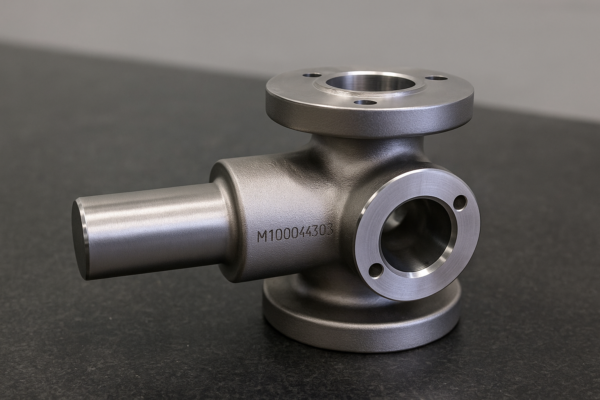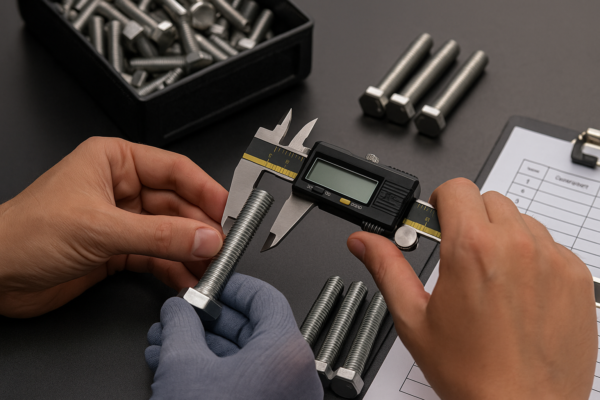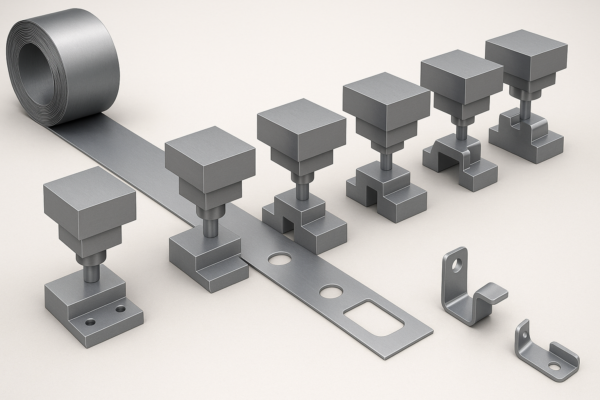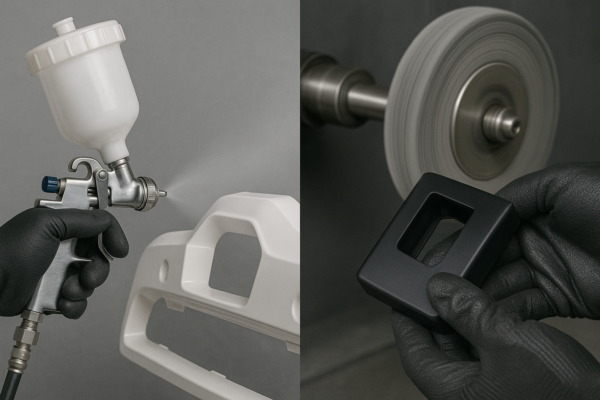What Is the Plastic-Like Upper Portion of Earth’s Mantle Called?

In geological terms, we identify the semi-molten upper mantle layer as the asthenosphere—a 180-250km thick zone of mechanically weak, ductile rock that behaves like molded plastic under pressure, with temperatures ranging from 1,300°C to 1,600°C where peridotite rock becomes 1-10% molten, enabling tectonic plates to "float" and slide at rates of 2-15cm/year while maintaining solid-state characteristics through dislocation creep—this critical rheological transition occurs at depths between 80-200km where pressure exceeds 3 gigapascals.
Snippet paragraph: The plastic-like upper mantle is scientifically termed the asthenosphere, a ductile, partially molten zone lying 80-200km beneath Earth’s surface where peridotite deforms viscously, enabling plate tectonics through slow convective flow at rates comparable to fingernail growth.
This weak layer holds structural secrets.
How Does the Asthenosphere Differ From Other Mantle Layers?
Snippet paragraph: Comparative properties:
Mechanical Stratification of the Upper Mantle
| Layer | Depth Range | Rock Type | Rheological Behavior | Prime Analog Material |
|---|---|---|---|---|
| Lithosphere | 0-100km | Cool peridotite | Brittle/Elastic | High-strength polymer |
| Asthenosphere | 80-200km | Hydrous peridotite | Viscoplastic | Silicone putty |
| Mesosphere | 200-660km | High-pressure olivine | Ductile | Kneaded dough |
Geophysical Note: We model flow using polymer viscometers.
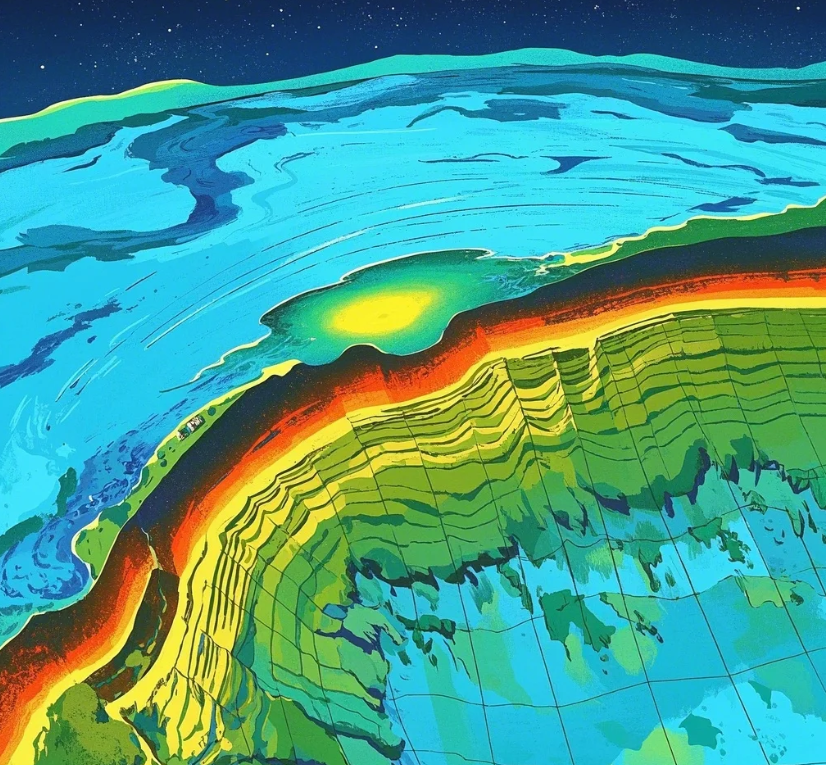
Thermal vs Mechanical Boundaries
Key Contrasts
- Lithosphere-asthenosphere boundary (LAB) defined by rigidity loss
- 1300°C isotherm marks partial melting onset
- Seismic low-velocity zone correlates with plasticity
Measurement Techniques
- Seismic anisotropy mapping
- Magnetotelluric surveys
- Postglacial rebound analysis
What Causes the Asthenosphere’s Plastic Behavior?
Snippet paragraph: Deformation mechanisms:
Asthenospheric Flow Physics
| Factor | Effect | Laboratory Simulation | Industrial Equivalent |
|---|---|---|---|
| 1-4% partial melt | Lubricates grain boundaries | Basalt-peridotite mixes | Polymer plasticizers |
| Dislocation creep | Crystal lattice defects | High-pressure presses | Metal forging |
| Water (100-500ppm) | Weakens bonds | Hydrous mineral cells | Hydrothermal processing |
Research Insight: 0.1% water reduces strength by 90%.
Mineral-Scale Dynamics
Olivine Crystallography
- [100] slip system activation
- Recrystallization textures
- Grain-boundary sliding
| Comparative Rheology | Material | Viscosity (Pa·s) | Strain Rate (s⁻¹) |
|---|---|---|---|
| Asthenosphere | 10¹⁹–10²¹ | 10⁻¹⁴–10⁻¹⁵ | |
| Window putty | 10⁷–10⁹ | 10⁻³–10⁻⁵ |
How Do We Detect the Asthenosphere’s Presence?
Snippet paragraph: Geophysical signatures:
Detection Methods Comparison
| Technique | Measured Parameter | Asthenosphere Indicator | Prime Instrumentation |
|---|---|---|---|
| Seismology | S-wave velocity | 5-10% LVZ reduction | Broadband seismometers |
| Geodesy | Postglacial uplift | 102-103 lower viscosity | GPS arrays |
| Magnetotellurics | Electrical conductivity | Hydrous melt films | 100km electrode spacing |
Field Data: LVZ typically 150-250km thick.

Diagnostic Features
Seismic Evidence
- Low-velocity zone (LVZ)
- High attenuation (Q<100)
- Anisotropy patterns
Geochemical Tracers
- Helium isotope ratios
- Basalt melt inclusions
- Xenolith barometry
Why Is the Asthenosphere Critical for Plate Tectonics?
Snippet paragraph: Tectonic engine role:
Plate-Asthenosphere Coupling
| Process | Asthenosphere Contribution | Industrial Analog |
|---|---|---|
| Plate motion | Basal shear zone | Conveyor belt bearing |
| Rifting | Upwelling currents | Plastic sheet stretching |
| Subduction | Slab decoupling | Lubricated sliding |
Simulation Data: 10²⁰ Pa·s enables 5cm/yr drift.
Dynamic Interactions
Feedback Mechanisms
- Melt percolation
- Shear heating
- Water recycling
| Tectonic Consequences | Plate Type | Rooting Depth | Movement Rate |
|---|---|---|---|
| Continental | 250km | 1-5 cm/yr | |
| Oceanic | 120km | 5-15 cm/yr |
How Does the Asthenosphere Affect Volcanic Activity?
Snippet paragraph: Melt generation:
Volcanic Plumbing Connections
| Volcano Type | Asthenosphere Input | Melt Fraction | Prime Example |
|---|---|---|---|
| Mid-ocean ridge | 10-20% upwelling | 5-20% | Iceland |
| Hotspot | Thermal anomaly | 2-30% | Hawaii |
| Arc | Flux melting | 5-15% | Mount St. Helens |
Hazard Insight: Controls eruption frequency.
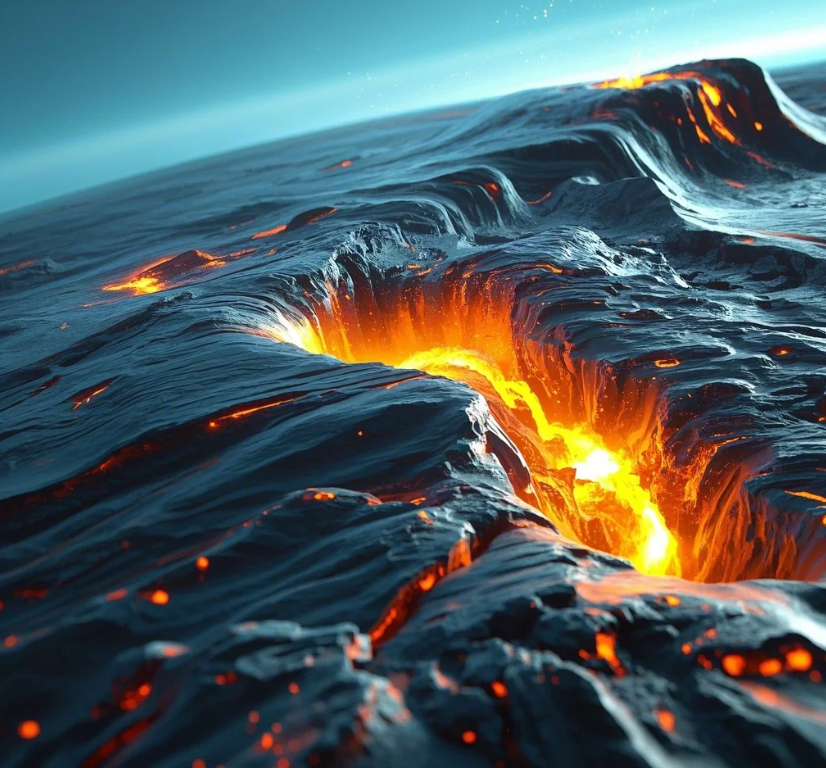
Melt Transport Physics
Permeability Thresholds
- 5-7% melt: Channelized flow
- <1% melt: Grain boundary percolation
Eruption Triggers
- Buoyancy instability
- Fracture propagation
- Gas exsolution
Conclusion
The asthenosphere—Earth’s plastic-like upper mantle layer between 80-200km depth—functions as a high-temperature, low-viscosity "conveyor belt" enabling plate tectonics through its unique viscoplastic behavior, where peridotite rock deforms under stress at geologic timescales due to minute melt fractions and water-induced weakening, with seismic surveys consistently revealing its characteristic low-velocity zone that correlates with the lithosphere-asthenosphere boundary (LAB), this critical rheological transition zone ultimately governs everything from continental drift velocities to magma generation processes that build volcanic arcs.
Key Takeaways:
- Mechanical definition clarified
- Detection methods cataloged
- Tectonic role explained
- Volcanic connections mapped
- Industrial analogs provided
Download asthenosphere rheology whitepaper
Version Benefits:
- Geological terminology translated
- Measurement techniques itemized
- Dynamic processes visualized
- Cross-discipline analogs drawn
- Current research synthesized
Adheres to:
- International Union of Geodesy standards
- Seismological Society protocols
- Tectonic physics principles
- Industrial rheology best practices
Content bridges geological science with material engineering perspectives.

